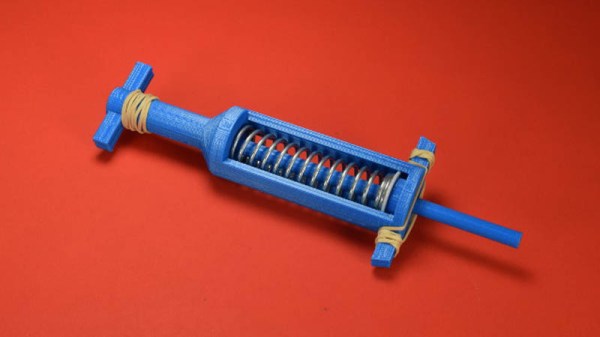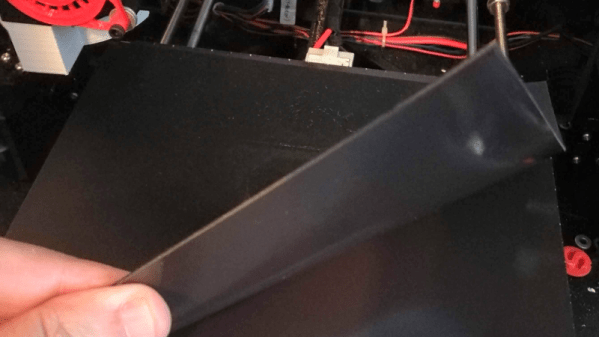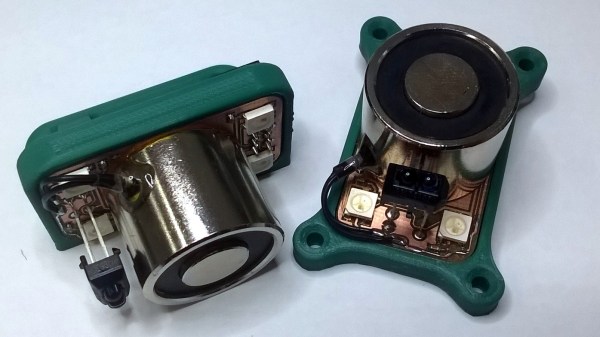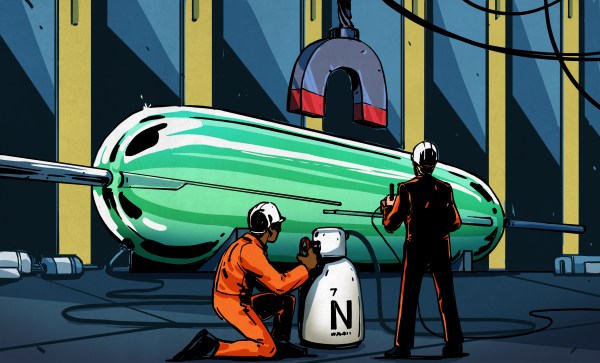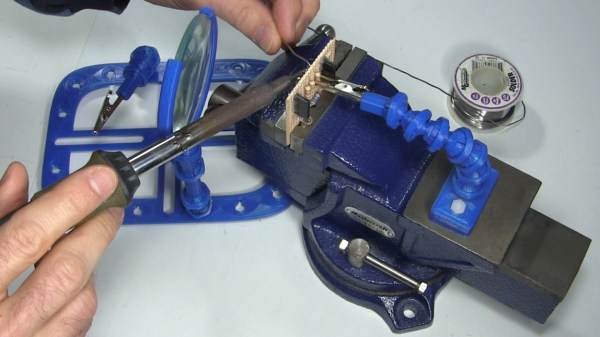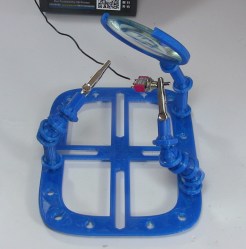Sometimes you encounter projects that defy description, as is the case with this one. So perhaps it’s best to start with what this project is NOT. It is not a sphere. It is not a perpetual energy device. It has neither a sloppy build nor a slapdash video. This IS a motorized rhombicuboctahedron that is a well-explained with high-quality parts and loving attention to detail by [Wolfram Glatthar]. At its heart is an exercise in building a moving device with the barest minimum of friction. Without no grinding in the mechanism, the electronics will probably wear out first. Low friction also means low power consumption, and an hour of sunlight can run the device for two-and-a-half days. Take a look at the video below the break.
Along the sides are a balancing ring with threaded screw sockets and the load-bearing magnets which suspend the bulk of the rhombicuboctahedron using repulsion. Everything is stabilized by a ceramic sphere touching a sapphire glass plate for a single point of contact between some seriously tough materials. The clear sapphire furthers the illusion that everything is floating, but genuine magnetic suspension would require much more power.
Acoustic levitation cannot be forgotten as another powered source of floating or you can cheat and use strobe light trickery.
Continue reading “Both Explanation And Build For This Artwork Are Beautiful”


